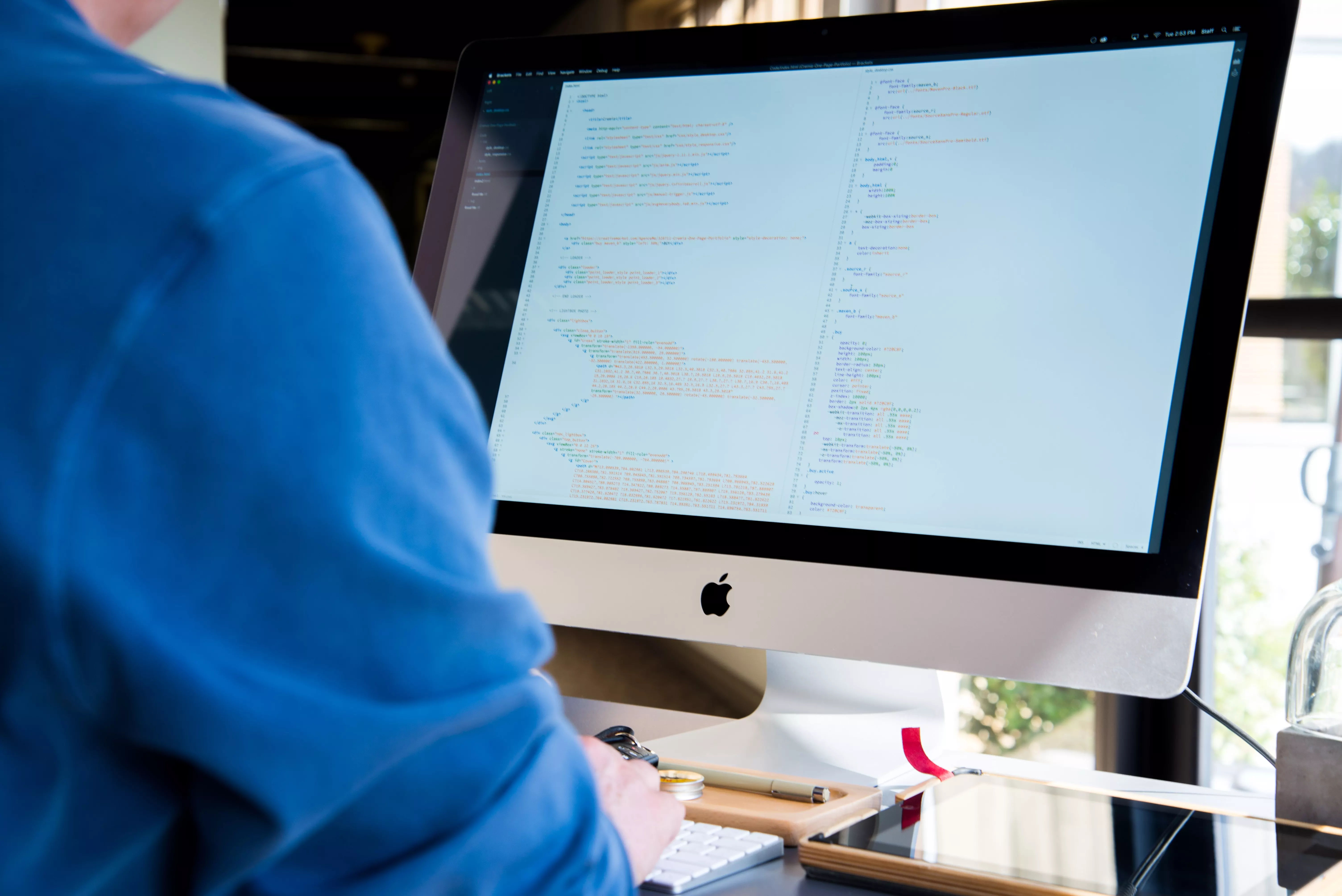
instudia is a technology focused education training centre enabling talents to acquire skills which are in-demand with regards current job market scenario.
Title: The Origins of Computers and Programming Languages: Tracing the Path of Technological Evolution | Instudia
 *Photo by AltumCode on Unsplash
*
*Photo by AltumCode on Unsplash
*
Introduction
The history of computers and programming languages is a fascinating journey that has revolutionized the world as we know it. From the earliest mechanical devices to the sophisticated digital systems of today, the evolution of computers and programming languages has driven technological advancements across all industries. In this SEO-specific article, we will take a captivating trip down memory lane to explore the origination of computers and the development of programming languages, showcasing the transformative impact of these innovations on modern society.
1. The Birth of Computers: Mechanical Marvels
The origins of computers can be traced back to the 19th century when inventors and mathematicians sought to create mechanical devices to automate calculations. Charles Babbage, known as the "father of the computer," conceived the idea of the "Analytical Engine" in the early 1800s. Although never fully constructed, his design laid the foundation for programmable computers.
In the late 1930s and early 1940s, significant strides were made in computer development. The efforts of pioneers like Konrad Zuse (Z3 computer) and Alan Turing (Colossus) brought the first programmable electronic computers to life. These early computers used punch cards and binary code for programming, paving the way for further technological advancements.
2. The Digital Revolution: Electronic Computers
The post-World War II era witnessed the advent of the first-generation electronic computers. ENIAC (Electronic Numerical Integrator and Computer), developed in 1945, was one of the earliest electronic general-purpose computers. UNIVAC, introduced in 1951, was the first commercially available computer. These machines were massive, occupying entire rooms, and relied on vacuum tubes for processing.
The introduction of transistors in the late 1940s led to the second generation of computers in the 1950s and 1960s. These computers were smaller, faster, and more reliable than their predecessors. Pioneering programming languages like Fortran (1957) and LISP (1958) made it easier to write software, further expanding the capabilities of computers.
3. The Age of Integrated Circuits and Microprocessors
The 1960s and 1970s marked the third generation of computers, characterized by the use of integrated circuits (ICs) and microprocessors. These advancements significantly reduced the size and cost of computers, making them accessible to businesses and individuals alike.
In 1971, Intel introduced the first microprocessor, the Intel 4004, paving the way for the personal computer revolution. The 1980s saw the rise of IBM PCs and the emergence of graphical user interfaces (GUIs), with programming languages like C and Pascal gaining popularity.
4. The Internet Era and High-Level Languages
The late 20th century witnessed the advent of the fourth generation of computers and the internet era. The World Wide Web, created in 1989 by Tim Berners-Lee, revolutionized global communication and information exchange.
The development of high-level programming languages like C++, Java, and Python further simplified software development, enabling developers to create powerful applications with greater ease and efficiency.
5. Present and Future: AI, Cloud Computing, and Beyond
Today, we are in the midst of the fifth generation of computers, characterized by the proliferation of artificial intelligence, cloud computing, and the internet of things (IoT). Modern programming languages like JavaScript, Ruby, and Swift continue to evolve, catering to the diverse needs of software development.
AI-driven technologies, machine learning, and big data analytics are transforming industries, shaping a future where computers are integrated into every aspect of our lives. As we stand on the cusp of unprecedented technological breakthroughs, the future of computers and programming languages holds limitless possibilities.
Conclusion
The origination of computers and programming languages has been a remarkable journey that spans centuries. From mechanical marvels and vacuum tubes to integrated circuits and the internet, the evolution of computers has redefined human existence. Programming languages have played a pivotal role in unlocking the true potential of computers, making them powerful tools for innovation and problem-solving.
At Instudia, we celebrate the rich history of computers and programming languages, and we continue to evolve alongside the ever-changing technological landscape. Our computer training programs are designed to equip aspiring professionals with the knowledge and skills necessary to thrive in the digital era. Join Instudia today, and embark on a transformative journey that prepares you for a dynamic and exciting career in the world of computers and programming languages.